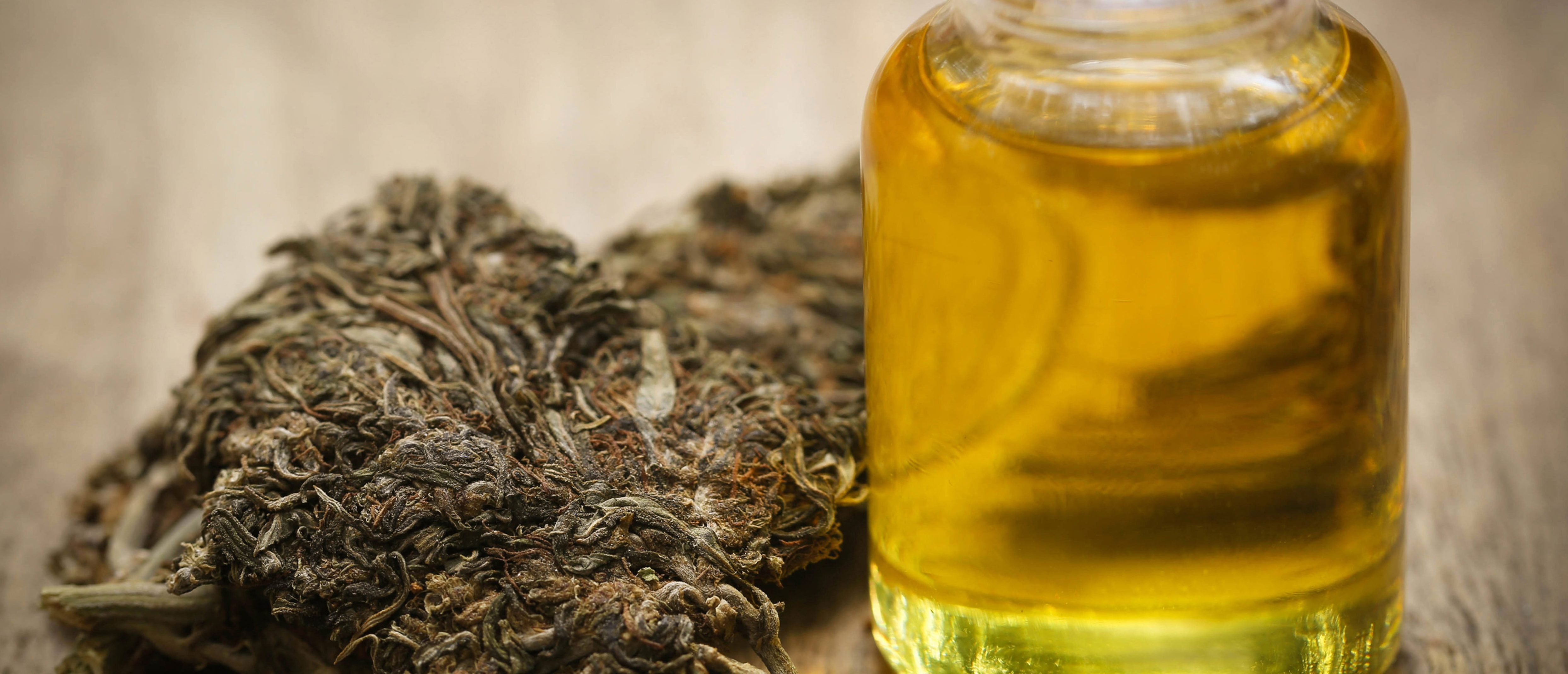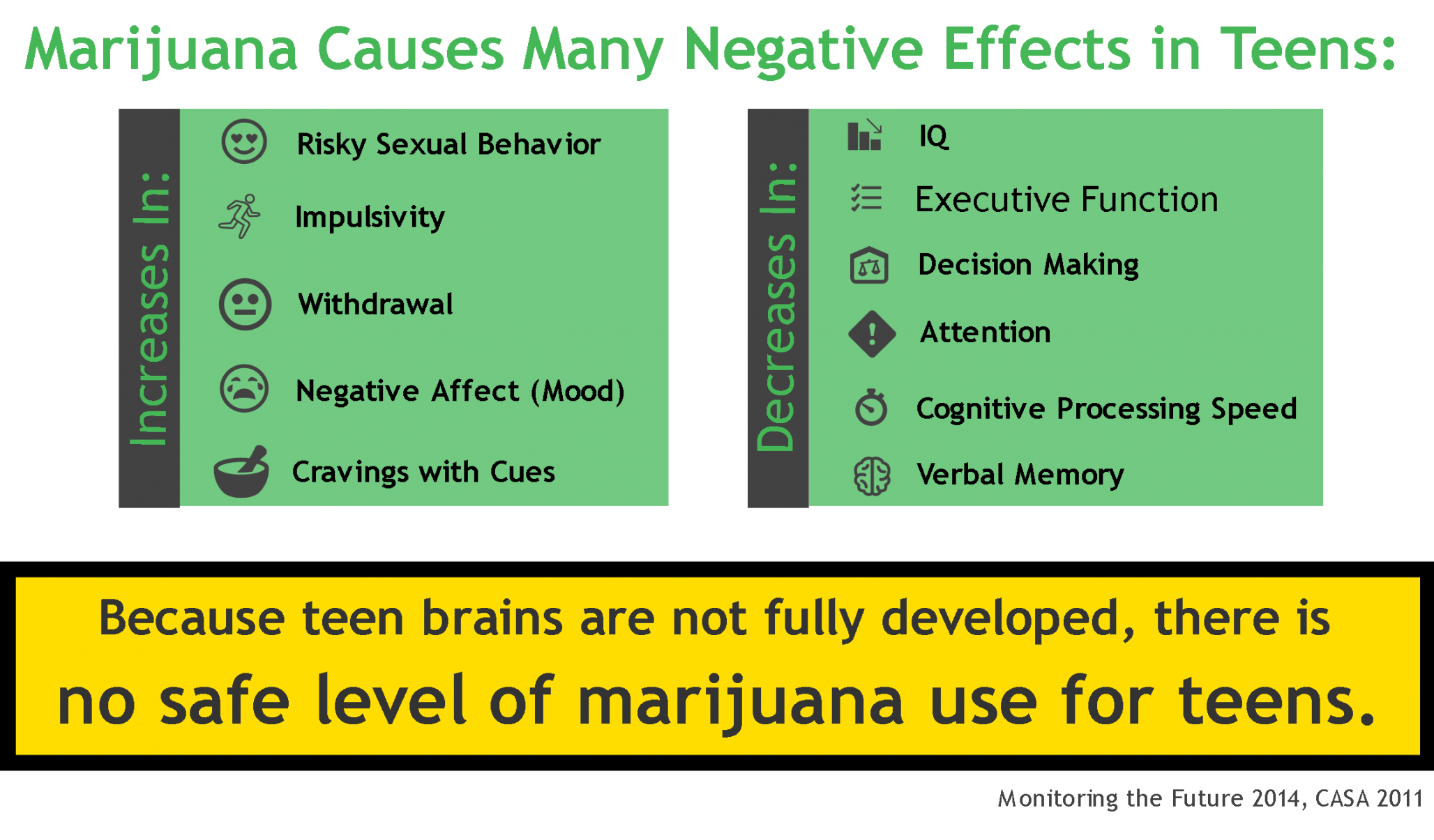
Teen Marijuana Use: Is Once per Week a Problem?
Parents sometimes wonder if the amount of marijuana a child is using could be harmful.You might think once a week use is still considered occasional use. According to recent research, this level of usage is when serious consequences will begin to occur.
What does Research Show?
Researchers reviewing the effects of marijuana on the teenage/young adult brain (ages 15-25), defined regular marijuana use as at least once per week. This review looked at more than 100 previous papers to compile major trends and findings. Many people do not see the very real dangers of marijuana on today’s youth. The earlier an adolescent starts to use, the more significant the effects of use may be. Some of these include changes in cognition, brain structure, blood flow, and brain function.
The most recent Monitoring the Future Study (2016) reports 6% of high-school seniors smoke marijuana daily. This is down slightly from 2011 (6.6%), but up significantly from 1992 (1.9%). 22.5% of seniors used within the last month. This suggests a serious issue which could get much worse with widespread legalization.
Risks Associated with Regular Use
Regular marijuana use (once per week or more) is not safe for adolescents or young adults. Because teen and young adult brains are not fully developed, any use can cause harm. Further research needs to examine if there are safe use levels for middle aged or older adults. This research can also look at the minimum age for safe use.
Recommendations
With the significant amount of research showing how dangerous marijuana is for adolescents and young adults, the researchers recommend:
- Invest resources to delay onset of use.
- Increase resources for prevention, screening, and early intervention for regular users (especially youth).
- Engage in more research regarding the impact of cannabis content and dosage on addiction risk and neurocognition. Some research suggests that higher levels of cannabidiol (CBD) and limits on delta-9-tetrahydrocannabinol (THC) may reduce the public health impact of cannabis use.
Parents can work with addictions professionals and others in their communities to ensure that everyone understands the risks of marijuana use. The entire community can help ensure that children and young adults do not use marijuana.
Adolescent Substance Abuse Programs works with teens and families when marijuana, alcohol, or other drug use has become a problem. If you are concerned about your teen, please call us at 513.792.1272 and schedule an assessment to determine the level of the problem.